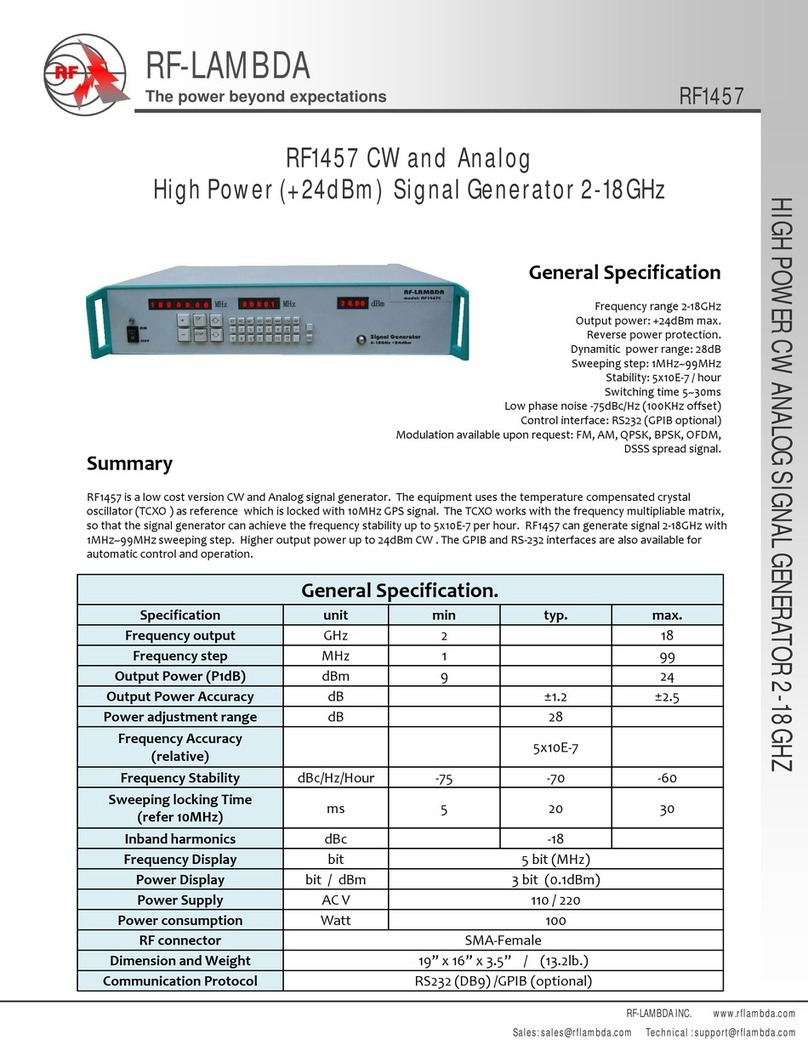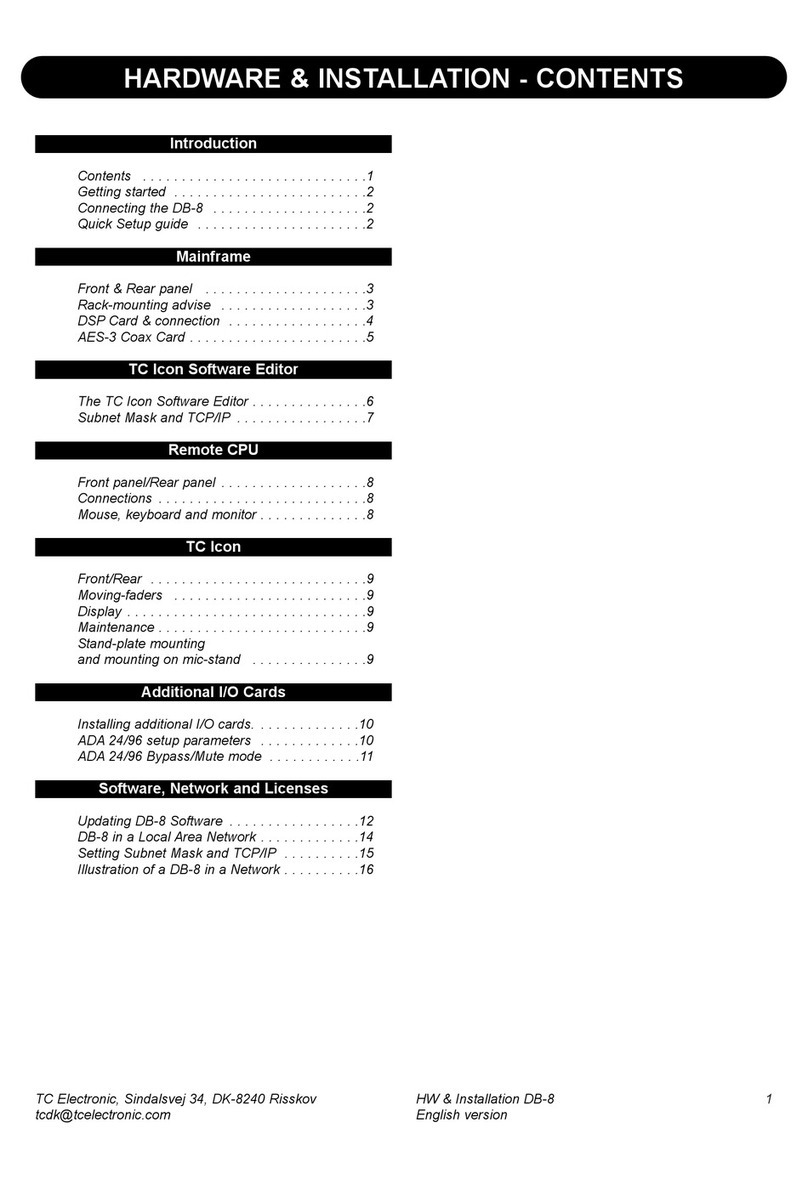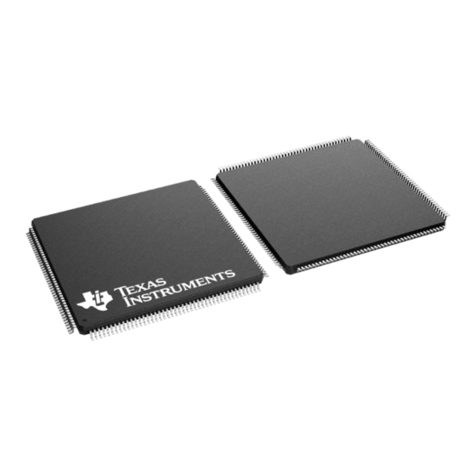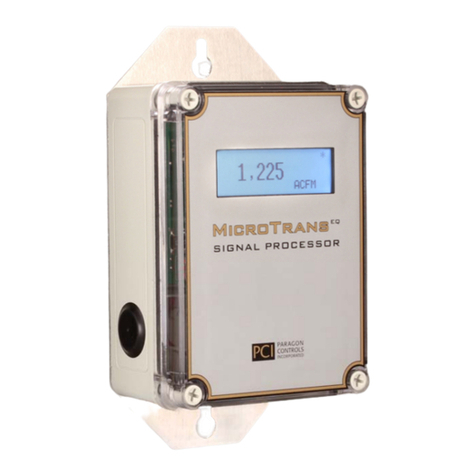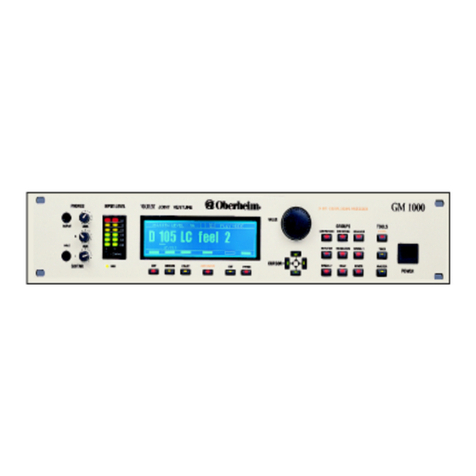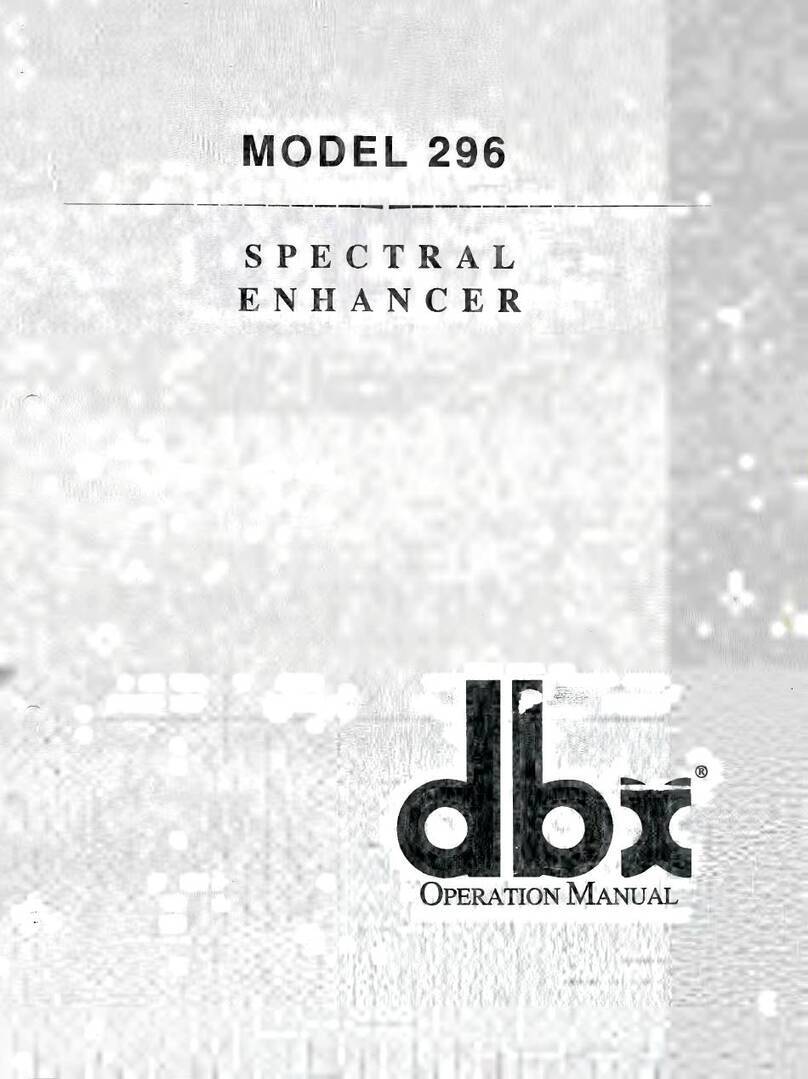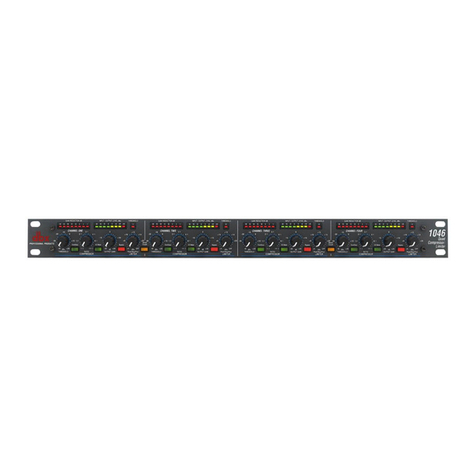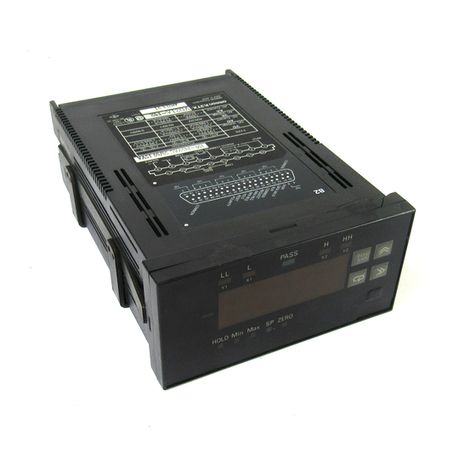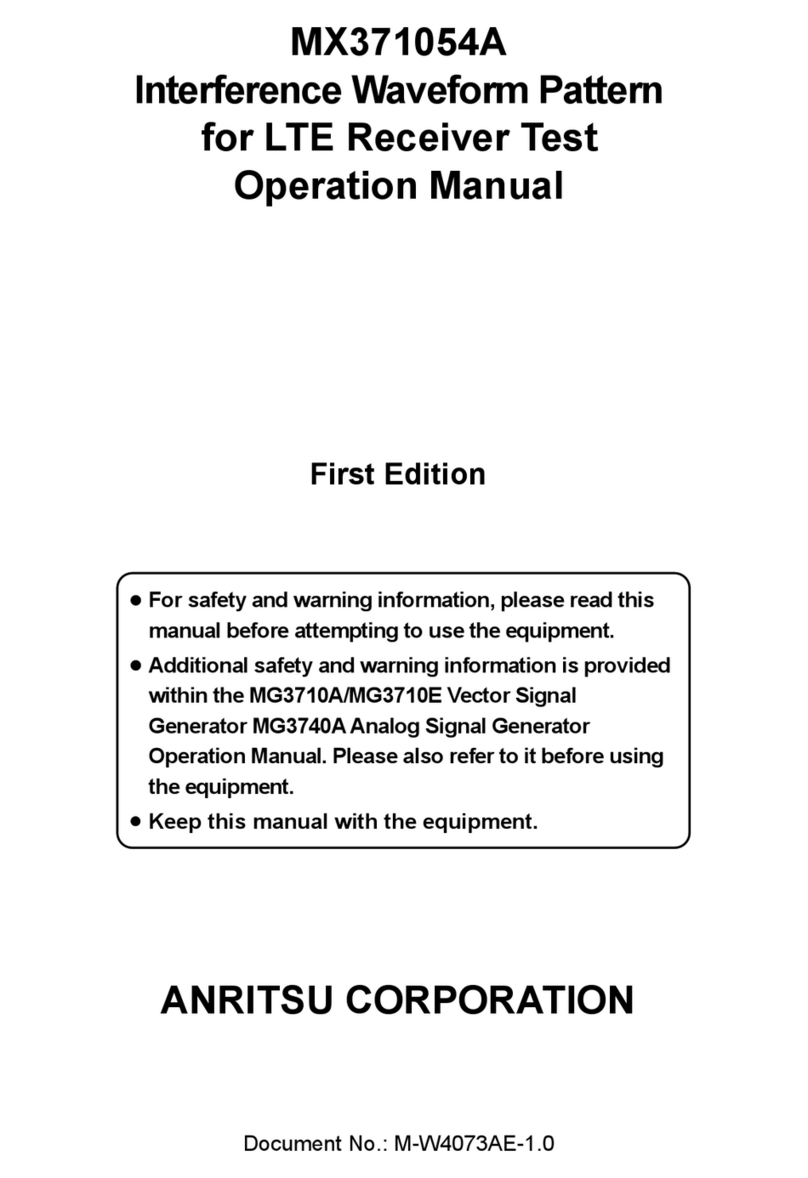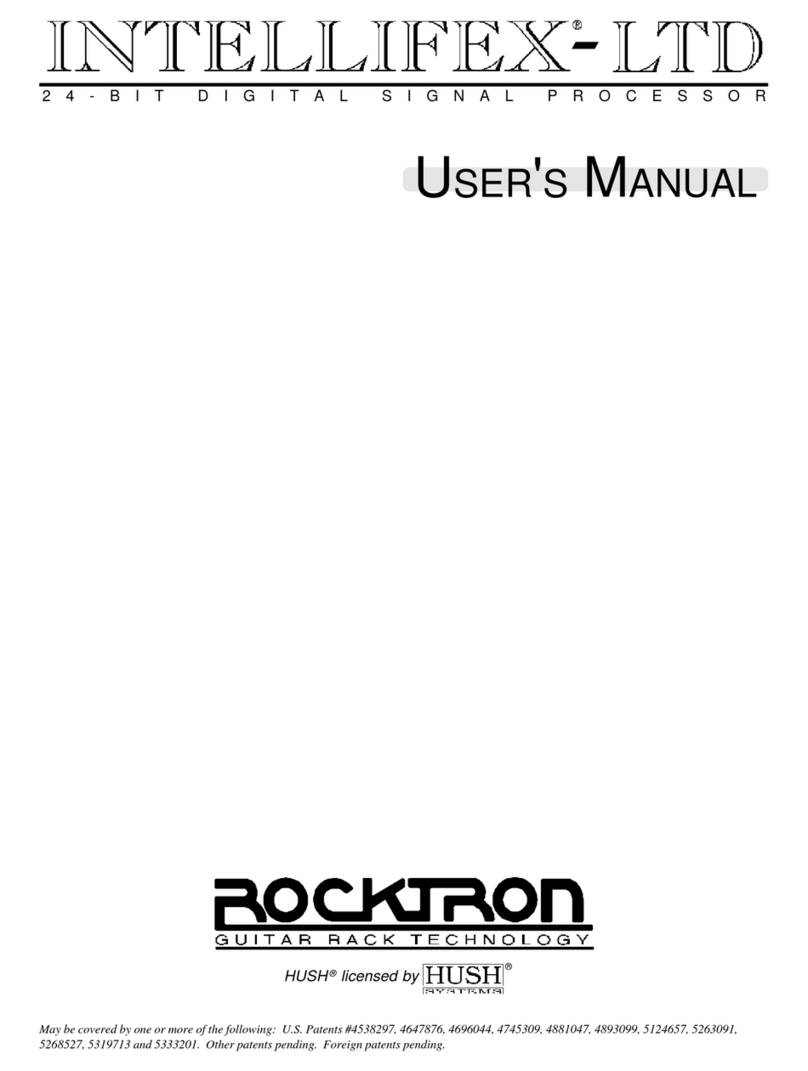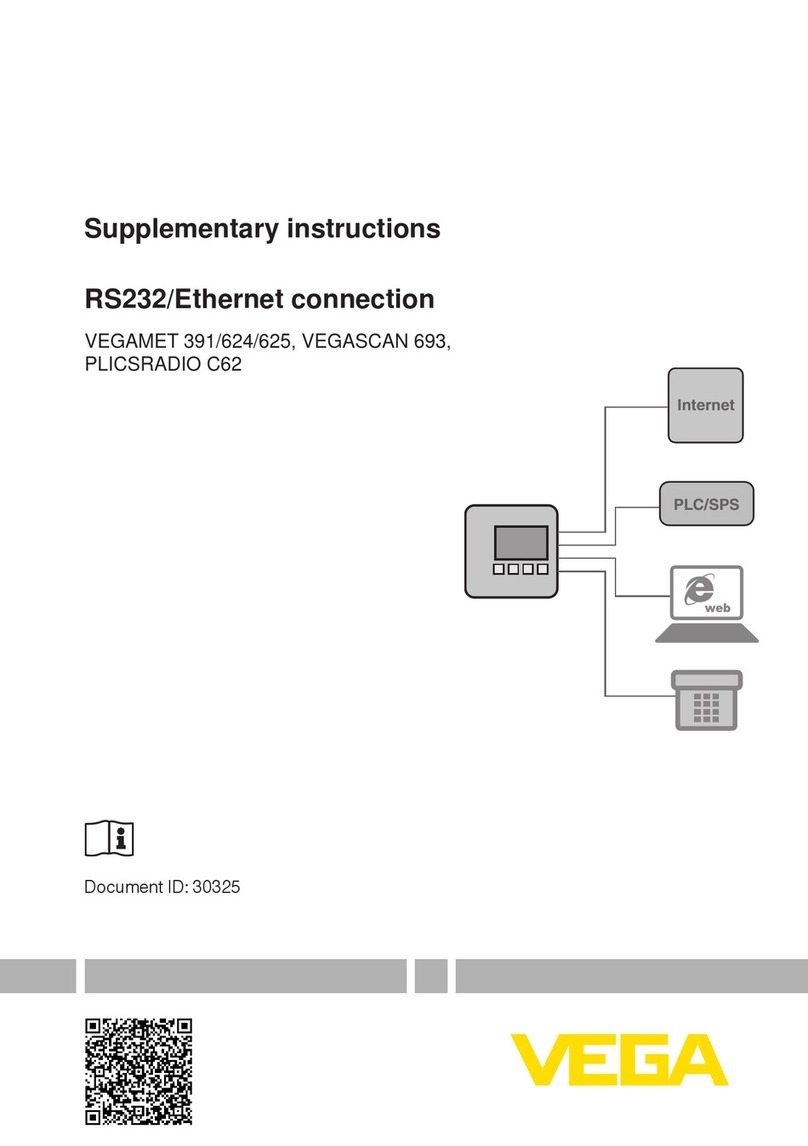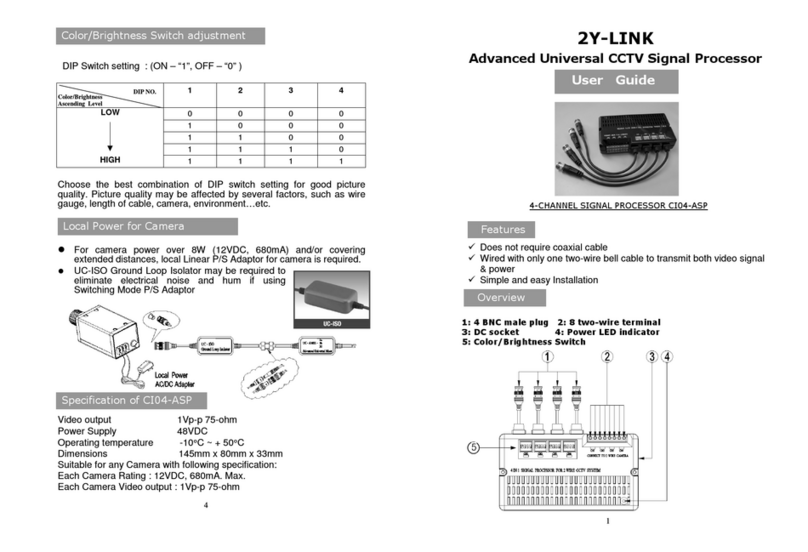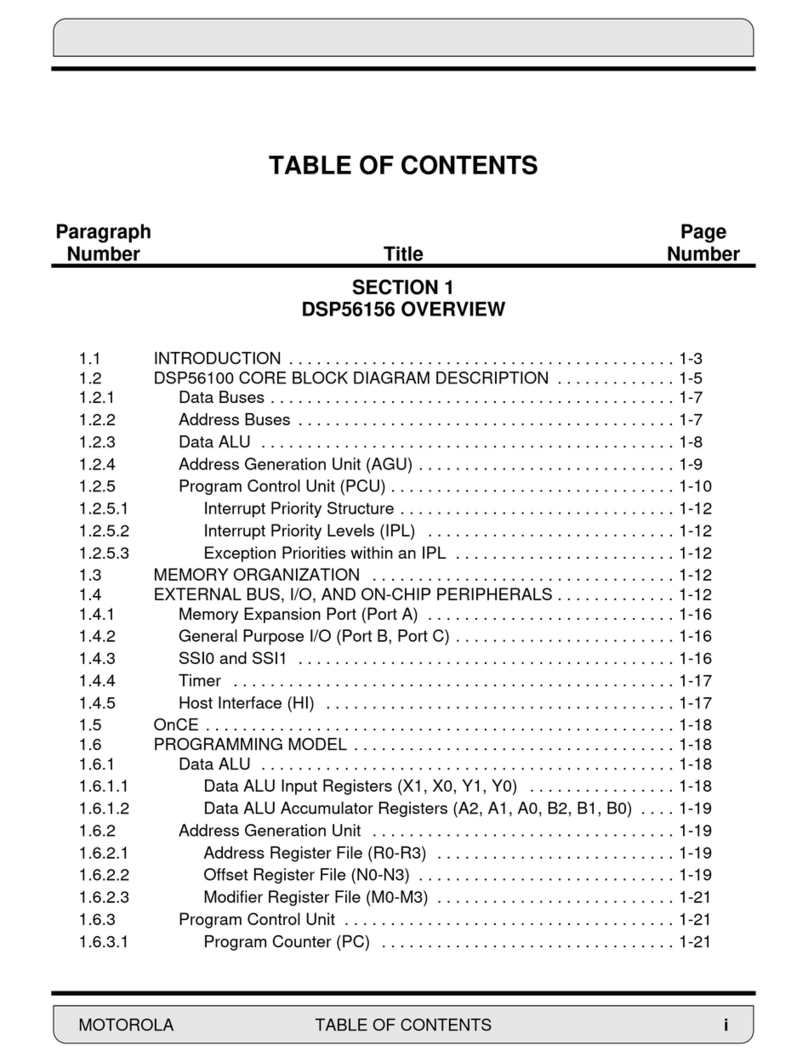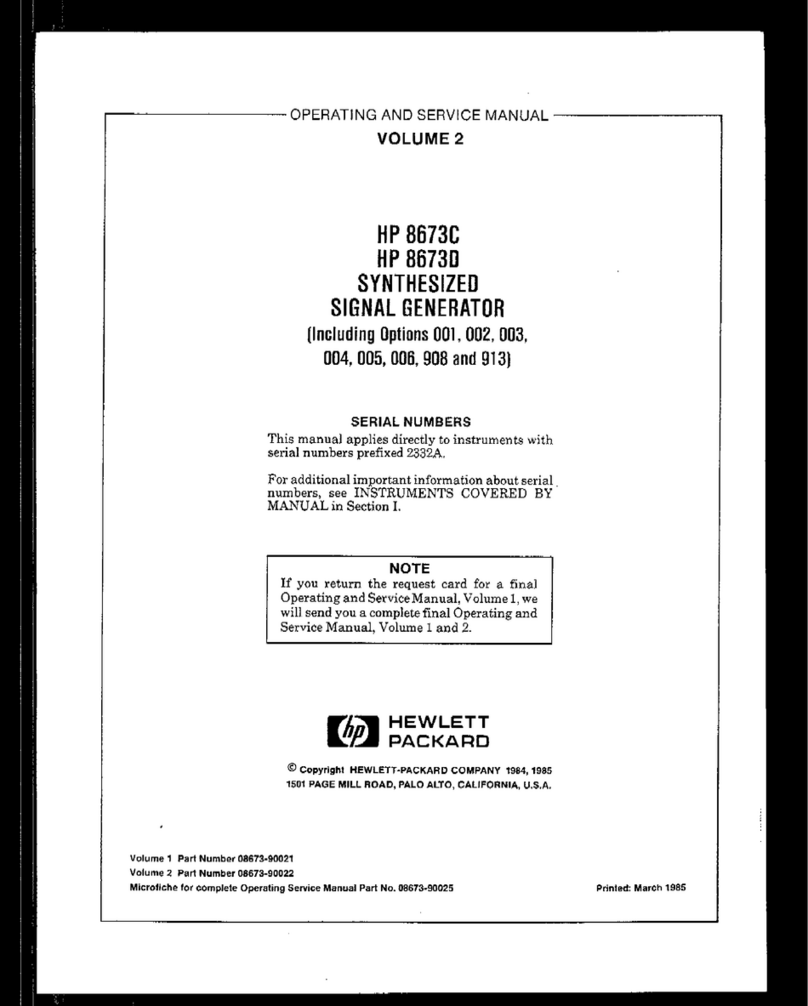2
The 163 features proprietary dbx true-rms detection. Most
compressor /limiters use some form of peak detection, with fast-response
characteristics that can have adisturbing effect on program material.
level detection closely simulates the response of the human ear.
Even at 15 to 20 dB of compression, the gain-changing action of the Model 163
is highly listenable and natural-sounding.
Because of its feedforward topology, the dbx 163 compressor/limiter can
achieve effectively infinite compression with complete stability and low
distortion. The dbx approach is quite unlike gain reduction in aconventional
compressor/limiter. Traditional gain reduction is accomplished by sensing
signal level at the device's output and applying acorrection signal via a
feedback loop. At progressively higher compression ratios, the feedback loop's
gain reduction increases, distortion increases, and eventually instability or
oscillation occurs. To avoid this problem, many conventional units restrict the
maximum amount of feedback, thus restricting the maximum compression to some
lower ratio, such as 10:1 or 20:1. Free of the instability of excessive loop
gain, the dbx 163 therefore can provide effectively infinite compression.
In addition to increasing both the stability and the available range of
compression, dbx's feedforward circuitry and rms-level detector combine to make
it possible for the attack time to "track" the rire of the signal envelope. In
conventional compressor/ limiters ,the attack time depends on feedback-loop gain,
which means it must be continually readjusted for best results at different
compression ratios. The operation of the 163 is greatly simplified because the
attack time is controlled solely by the rms detector and varies automatically
with the amount of level change in the program material (the shape of the envelope)

